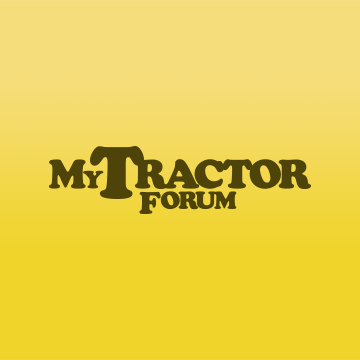A recent purchase of "Train Stuff" included 3 Lionel 1654 and 1655 locomotives in various states of disrepair. I am unable to get one of them to run. The motor in question is a 1654 with single intermediate gear and was wired from the factory with the yellow leads from the E unit going to the two posts on the coil, one brush (right side) was grounded to the armature frame by contact with the brush plate mounting screw and the black lead from position one on the E unit was connected to the second brush (left one). The armature was cleaned thoroughly, resistance from armature plate to armature plate is about 2 ohms and infinity plates (all 3) to armature shaft. Resistance in the coil is about 2 ohms. The mounted armature and drive wheels turn freely. When power was applied, the armature moved slightly, then nothing. The armature was rotated manually and power was again applied with the same result. This act was performed multiple times with the same result. I then removed the E unit, connected a jumper between one coil post and the ungrounded brush, connected one transformer lead to the second coil post and touched the second transformer lead to the grounded brush. The result was the same as with the E unit in place. What am I missing?
Thanks, swede
Thanks, swede






